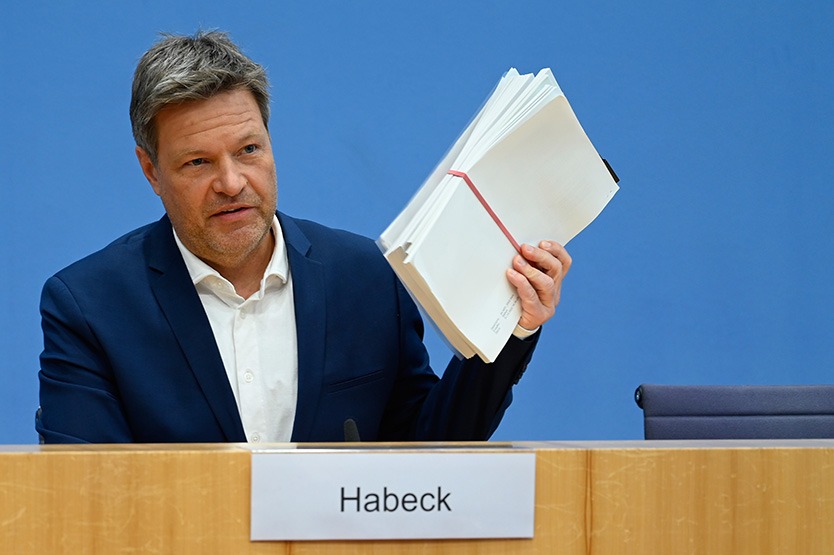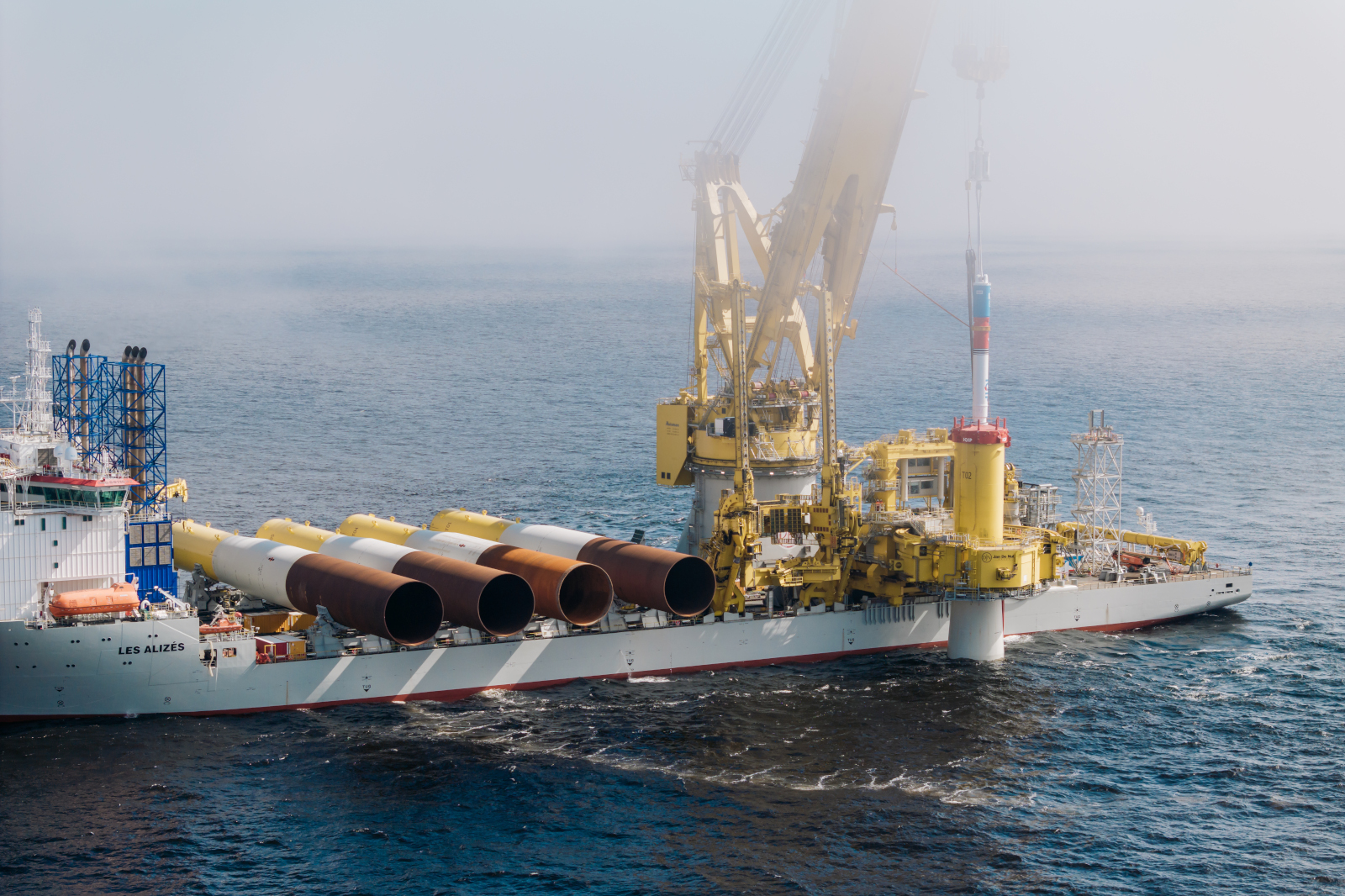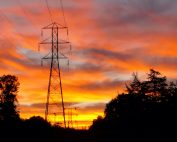At the beginning of April, the German government adopted the so-called Easter Package at the request of Vice Chancellor and Federal Minister for Economic Affairs and Climate Action, Robert Habeck. This is the largest change to the country’s energy policy regulations in decades. According to the premise, the Easter Package will comprehensively change a number of regulations to accelerate the development of RES, including offshore wind energy.
– The Easter package is a gas pedal for RES development. In less than a decade, we will nearly double the share of renewable energy in gross electricity consumption. We are tripling the pace of renewable energy development – on water, on land, and on rooftops. In the future, renewable energy will be in the public interest and serve public safety. This is critical to increasing the pace. Overall, with the Easter Package we are creating the conditions for Germany’s energy security and energy sovereignty. At the same time, it lays the foundation for Germany to become climate neutral, Habeck explains.
Work on the package were accelerated in the wake of Russian aggression against Ukraine. On the one hand, the climate crisis is looming large. On the other hand, Russia’s invasion shows how important it is to move away from fossil fuels and consistently pursue the development of RES, the minister argues.
The Easter package approved by the Federal Council will now be sent to the German Bundestag, where it will next go through the parliamentary legislative procedure. More than 500 pages include changes to each law:
– Renewable Energy Sources Act (EEG),
– Offshore Wind Energy Act (WindSeeG),
– Energy Industry Act (EnWG),
– Federal Requirements Plan Act (BBPlG),
– Law for Accelerated Network Expansion (NABEG),
– other laws and regulations in the field of energy law.
At the heart of the package is the principle that the use of renewable energy sources is in the overriding public interest and serves public safety. The expansion of onshore and offshore renewable energy will reach a whole new level. By 2030, at least 80 percent of the gross electricity consumed in Germany is to come from renewable sources. In 2030, the installed capacity of onshore wind farms is expected to reach 115 GW, offshore wind 30 GW, and the total capacity of photovoltaic panels 215 GW.
Extensive efforts will be made to accelerate the development of renewable energy sources. For example, new areas will be made available for the development of photovoltaics, the participation of municipalities in the development of onshore wind power and photovoltaics will increase, low-wind areas will be developed more intensively, and the framework conditions for the development of rooftop photovoltaic systems will improve.
In the future, offshore wind development is to be based on two equal pillars. In addition to bidding on areas that have already been pre-screened, auctions will also be held in the future for areas that have not yet been pre-screened.
Source: BMWI














